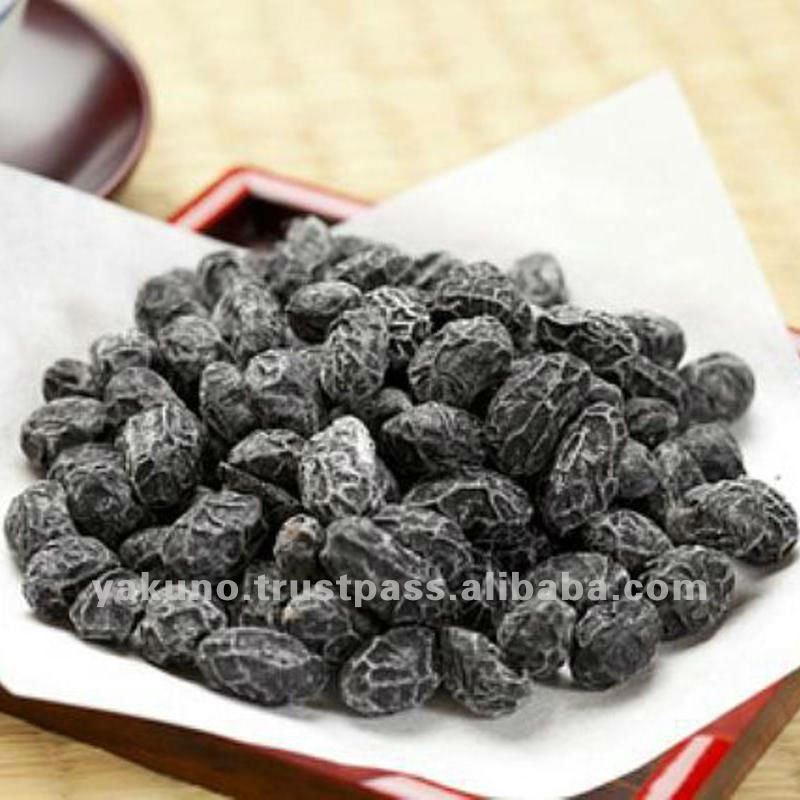

Here you will swallow barium to check your upper gastrointestinal tract. This is often followed by the infamous barium test. It may seem pointless after you’ve already had a heart monitor and stethoscope check, however, the X-ray is designed to visually spot abnormalities in the airways or heart muscle whereas the other two tests check for unusual heart rhythms and valve problems, respectively.
#JAPANESE HEALTHNUT SERIES#
X-raysĪfter that, there are a series of X-rays, the first of which is the chest X-ray. This is mostly to check for things like anemia and diabetes. They are used to test for lipids and glucose levels, amongst other things.
#JAPANESE HEALTHNUT PROFESSIONAL#
The health professional will typically obtain three vials of your blood. However, from here on the tests get more involved, so it is worth noting that you are able to opt out of them if you choose to do so. So far, the tests are ones that you should almost certainly take as their benefits far outweigh the minimal discomfort. Blood work Your blood is used to test for lipids and glucose levels, amongst other things. This will likely be followed by a further test where a doctor will listen in on a stethoscope. For this test, you will hear beeps of varying intensities in each ear and you have to press a button whenever you hear the beep.įinally, you will have a heart monitor check-up that consists of readers that are attached to your chest to listen in to what is happening internally. In Japan, the standard pure tone audiometry test is used for most health checks. For those unfamiliar with this system, as a rule of thumb, 20:20 is normal vision, 20:10 indicates good eyesight, and 20:40 indicates less-than-perfect eyesight, which would probably make you fail the driver’s test without glasses. The Landolt C test will give you a score such as 20:20 for vision. For example, you would move the joystick up if you saw a U orientation. The C-shape then rotates and you have to move a joystick in the direction that the gap is facing. In this test, you are shown a ring that has a small gap in it, which makes it look like a C. There are numerous types, but the most common is the Landolt C test, named after its creator Edmund Landolt. The first one is usually measuring waist, height, and weight. Typically, the health check starts with the basic tests. The questions are usually concerning your general health and medical history. Even advanced Japanese learners may struggle with a few of the health-related kanji.īeginner and even intermediate Japanese speakers may want to ask whether their company has an English version, as even advanced Japanese learners may struggle with a few of the health-related kanji. This one asks you about your medical history and whether you have any ongoing treatments. The second is a lot more in depth and is completed at the health check venue itself. The one that you complete at home has lots of questions about your general health and stress levels. Generally you will be given two questionnaires to fill out before the visit. Both of these tests are used to screen for common illnesses that affect the substances that you excrete. If you receive two, you should prepare the samples a couple of days apart and write the dates that they were done on the vials. Many doctors question whether such tests are the most practical for foreign workers in Japan. In addition to the urine sample, you will likely be given one or two vials for a fecal sample.

If you are given a strangely shaped paper tray with your urine bottle, this is to urinate into first and then pour into the test tube. Typically, midnight is the cut-off point, so this shouldn’t affect most of us too much-just make sure to skip breakfast and not go on a midnight raid of the fridge!ĭepending on your employer, you may need to prepare an at-home urine and/or feces sample. First of all, you will be expected to not eat the night before. Before the testīefore the test begins, there is some preparation needed. You are strongly encouraged, but not required to take part in the health check or complete the check in full. With that said, it is best to go into the test with as much information as possible so that you can decide what tests you do and don’t want to take part in. While the tests may seem intrusive, you shouldn’t be overly concerned as the benefits outweigh the risks. If you’re a full-time employee, your company will fully cover the annual check, but that doesn’t make it any less scary. The first time that you have a health-check in Japan, it can be quite intimidating, especially as a lot of the tests are unfamiliar to western people.


 0 kommentar(er)
0 kommentar(er)
